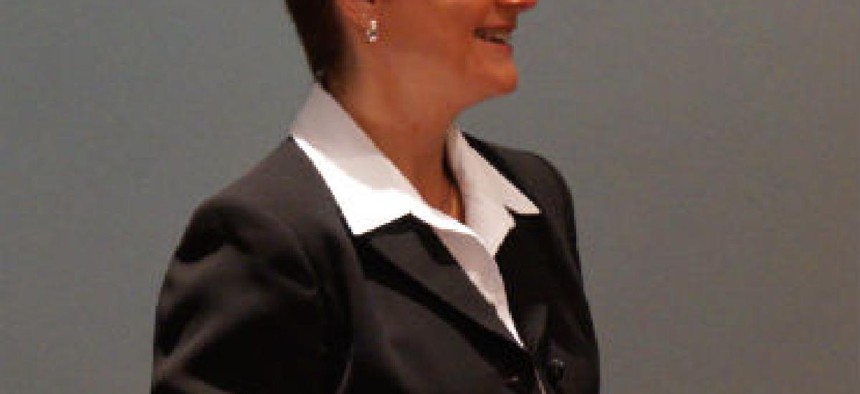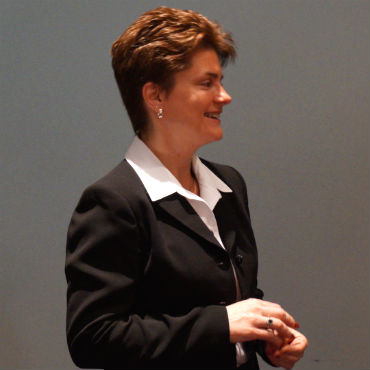'A prototype is worth a thousand meetings'

SBA CIO Maria Roat is urging agencies to encourage experimentation -- and to not confuse modernization with innovation.

Small Business Administration CIO Maria Roat is a firm believer in hands-on innovation.
Innovation is the buzziest of buzzwords, and it's hard to find anyone who'd argue it's not important. For Small Business Administration CIO Maria Roat, however, the key is putting those bright ideas into practice.
"A prototype is worth a thousand meetings," she said in an interview with FCW. "Try something -- see what happens. If it doesn't work, that's OK."
As the government chair of ACT-IAC's Igniting Innovation initiative, Roat said she's excited by the prospect of employees from across government seeing the pilots and prototypes other agencies already have in the works. That event -- originally scheduled for March 15 but now postponed because of the predicted snowstorm in Washington. D.C. -- features demonstrations by 30 finalists, who will then compete in "shark tank" presentations for the top honors.
Roat recalled a finalist from last year who tackled the prosaic task of creating job descriptions for cybersecurity positions. The tech itself was simple, she noted, but it was a creative tool that any number of agencies might use.
"Innovation is not just about technology," she said. "Sometimes it's about tweaking something that you're already doing."
At SBA, Roat said, she's working to encourage colleagues to think differently about testing out ideas and then making sure they have the help they need to do so. "Many times, people have done things the same way over and over again," she said, "and you have to be intentional and create that environment."
It's also important for IT teams to remember that innovation is not their exclusive purview, Roat said. Her focus, in fact, is on connecting colleagues from elsewhere in SBA with partners who can help make an idea happen.
"You’re always going to have those people in the organization who are like, 'Hey if we tried this,' or 'Hey if we tried that,'" but don't know how to take the next step, she said. Those individuals "are really the folks that are the creative ones ... but they need somebody with a certain skill set to help prototype and test it."
It's also important, Roat said, not to confuse innovation with modernization -- though there can be opportunities to combine the two.
"Innovation is not modernization," she declared, because new IT doesn't automatically change the way an agency pursues its mission. "But as we're moving to the cloud, which is modernization, can we do things differently?"
In a move to managed IT services, she noted, planning for both development and production environments is standard. Yet that migration also offers the chance to "think about sandbox environments as well, where someone can try things," she said.
Finally, Roat said, true innovation means understanding the people who might benefit from it -- both within the agency and among the outside "customer base."
For any organization, she said, "I think interacting with customers and understanding their challenges really leads to that innovation and thinking differently." And while many federal agencies don't see themselves as customer-facing in the traditional sense, Roat argued that virtually all of them should.
"By engaging our customers, we can really identify new opportunities do things differently," she said. "We can hear what their challenges are. That's something I’m trying to understand from our small business community."
NEXT STORY: How budget sequestration affected contracting


